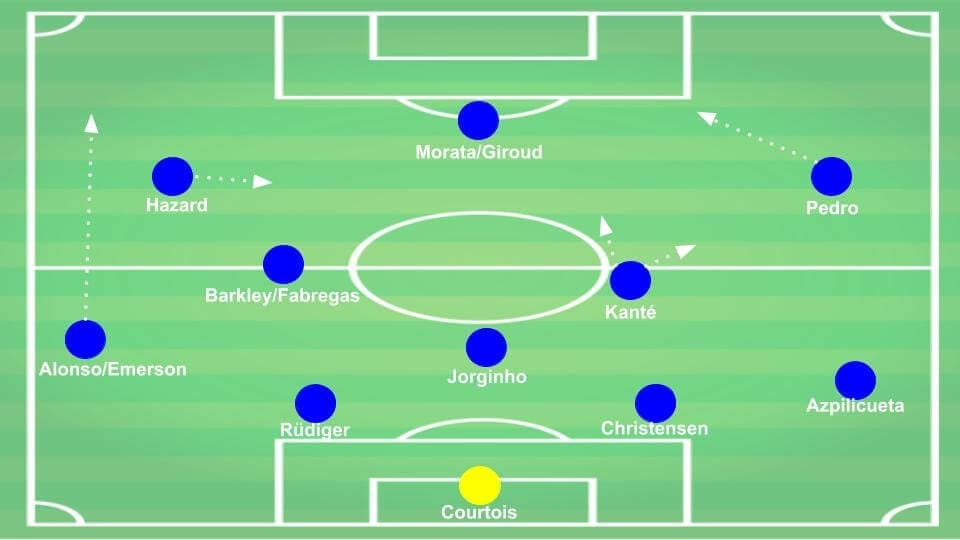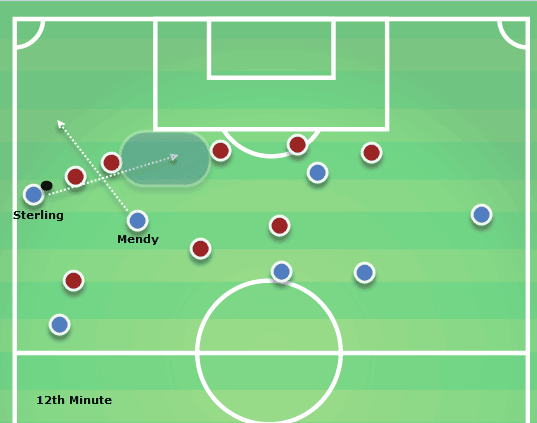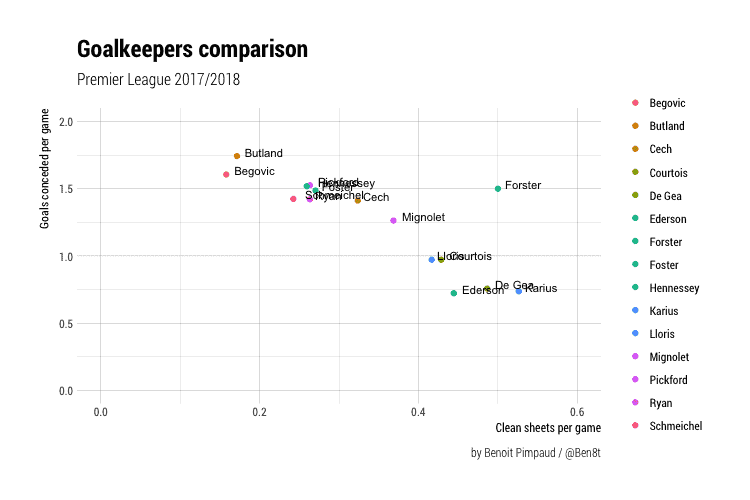Tactical analysis in football is nothing new. Coaches in places like England, Austria, and Hungary would sit down in cafés to talk tactics even during the early stages of the game’s development. With the birth of the internet and the mass globalization of football, people have been able to share their ideas quickly, easily, and with a huge amount of people.
Here at Total Football Analysis, we pride ourselves on delivering quality football tactical analysis in the form of easily digestible articles. Some of our writers have experience playing and coaching, while others watch countless hours of footy to improve their knowledge. However, many people wonder what the exact purpose of this analysis is. Do we actually believe that technical writing using terms like halfspace can contribute to the betterment of the sport? As I think you’ll find out soon enough, the answer is yes.
If you take 100 analysts, put them in a room showing any old football match, and ask them for their thoughts, you’ll get 100 different answers. One may focus on how a manager used his defenders to build from the back. Another will discuss the use of defensive organization as a form of attack. Yet another may remark about player interactions off the ball. The tactical analysis of football is almost completely subjective.
Benoit Pimpaud has a style of analysis I find very comparable to my own. For him, preparation is key and repetition is necessary. “Before the match starts,” Benoit wrote me, “I go on WhoScored to see the last five lineups for both teams and look at the news to refresh my memory about the teams.” This calls up the concept of familiarity. It’s so much easier to analyse teams you support or watch often because you know what to expect. Writing about an unfamiliar squad will require prior research to truly grasp their motives.
After his pre-match research, Benoit looks at the lineups and thinks about how each side will attack the other. Once the referee blows his whistle, though, the methodical inquiry is over. He doesn’t try to do any on-the-spot analysis of complex plays. “Each time I see an interesting gameplan or a built action, I note the timestamp and some details about it. It’s quite simple during game time; I prefer to concentrate on the game instead of miss out an important phase.”
David Selini is currently a professional coach, something made apparent by his analytical style. This is not only the case with his article choices (a great piece on football fitness stands out) but also in the way he goes about watching matches. “I divide the game up into 15 minute periods,” says David. “I spend the first fifteen minutes looking at how both teams attack, how they defend collectively and how they act in both transitions [defence to attack and vice-versa]. For the next fifteen minutes period I look at the game in a similar way, and then it’s easy to notice changes in how the two teams play.”

Picture from David’s piece, Maurizio Sarri at Chelsea.
David repeats this fifteen-minute sectional analysis throughout the match. His goal is firstly to grasp how each team wants to play, “and then look for eventual changes in how they play throughout the 90 minutes (substitutions, target areas, opposition players they mark, formation changes, etc.).” David noted that his UEFA B coaching course was a major influence on this type of tactical analysis.
Site director Lee Scott varies drastically in his approach to match analysis. “When I analyse a match I tend to watch it on double speed,” remarked Lee. This obviously allows him to get through the game quicker, but still gives him the opportunity to take notes on certain phases of play. Like Benoit, Lee likes to “look at how each team attacks, how they defend and how they transition from defence to attack and attack to defence.”
Only after this initial tactical analysis does Lee begin to craft his article. Although a match can produce a plethora of insights, he concentrates “on three main tactical points in the match in order to keep the content concise and manageable.” With the free time allotted by his double speed analysis, he goes back and watches the match again (once more on 2x speed). This time, Lee pauses “to take screenshots or draw diagrams of key phases of play that will make up the bulk of the article.” This is how he can grind out in-depth pieces so quickly, such as the Community Shield analysis between Arsenal and Manchester City.

Picture from Lee’s piece, Arsenal vs Manchester City.
Benoit uses a lot of different post-match analysis methods, but one of his mirrors Lee Scott’s routine. “I sometimes watch the game a second time to remind me of certain phases and to see if certain situations repeat. In accelerated, it is easier to find game patterns that are often very interesting and that shows what the manager worked in training.” A lot of analysts and coaches prefer to stay away from the habit of speeding up matches, but it is clearly effective when used correctly.
After taking time to gauge everyone’s reaction to the match online, Benoit makes a writing plan in reference to his notes. “I always try to put into perspective the different aspects of the match by trying to compare with what the teams have the habit of doing. For example, if Stoke had a possession phase with fast passes and brilliant game, I do not try to explain it because it is a rare fact and not necessarily premeditated by the coach.” Players will always have an effect on the outcome of matches, so he tries to direct his attention towards the intentions of the manager.

Benoit’s self-curated graphic from his piece, How Liverpool can evolve this season.
Like Lee, Benoit will pause the match when re-watching it to take pictures to use as explanations. The presentation of an article is absolutely key to maintain reader attention, and he is one of the best at this. In addition to using sharemytactics.com to visualize how teams play, Benoit creates his own pass network graphics to drive home his analysis of a team’s performance. This is something he used effectively in a tactical analysis of N’Golo Kanté in Maurizio Sarri’s Chelsea.
Football analysis is difficult. As you can see, whether you do this for a living, on the side, or just for fun, writing about tactics is time-consuming and strenuous. However, each article — no matter how small or seemingly insignificant — is an addition to our sport’s nucleus. Humans operate as well as we do because of the exchange of information between us. That’s what makes us so special! Thankfully, it seems that football tactical analysis is one of the info exchange systems that will be with us for years to come.
Thanks for reading! Be sure to check out Benoit, Lee, and David’s stuff, which you can always find on TotalFootballAnalysis.com.





Comments